




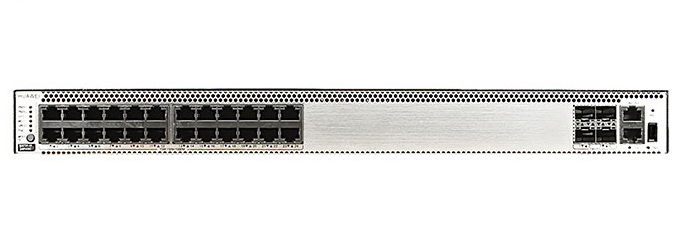


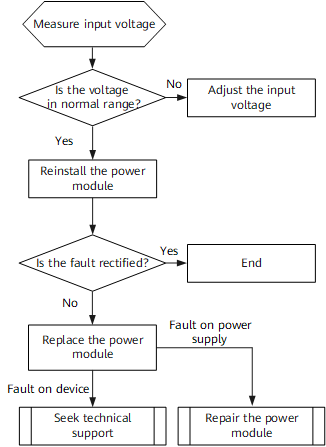




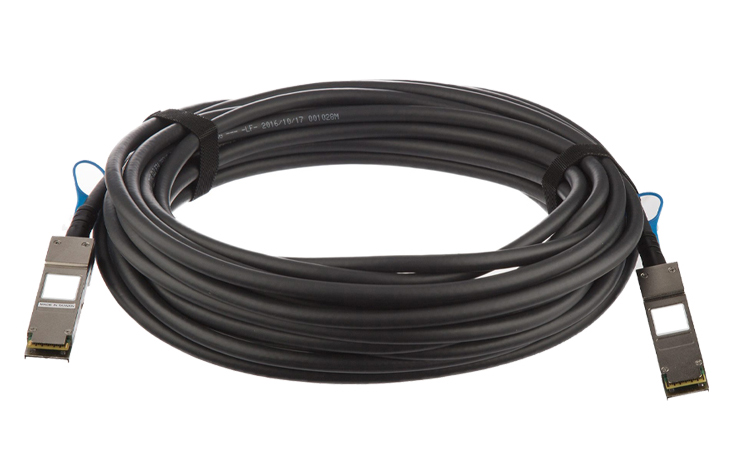





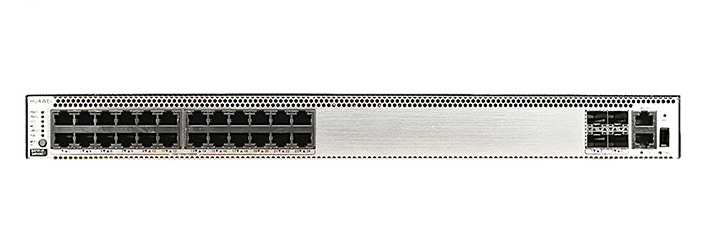



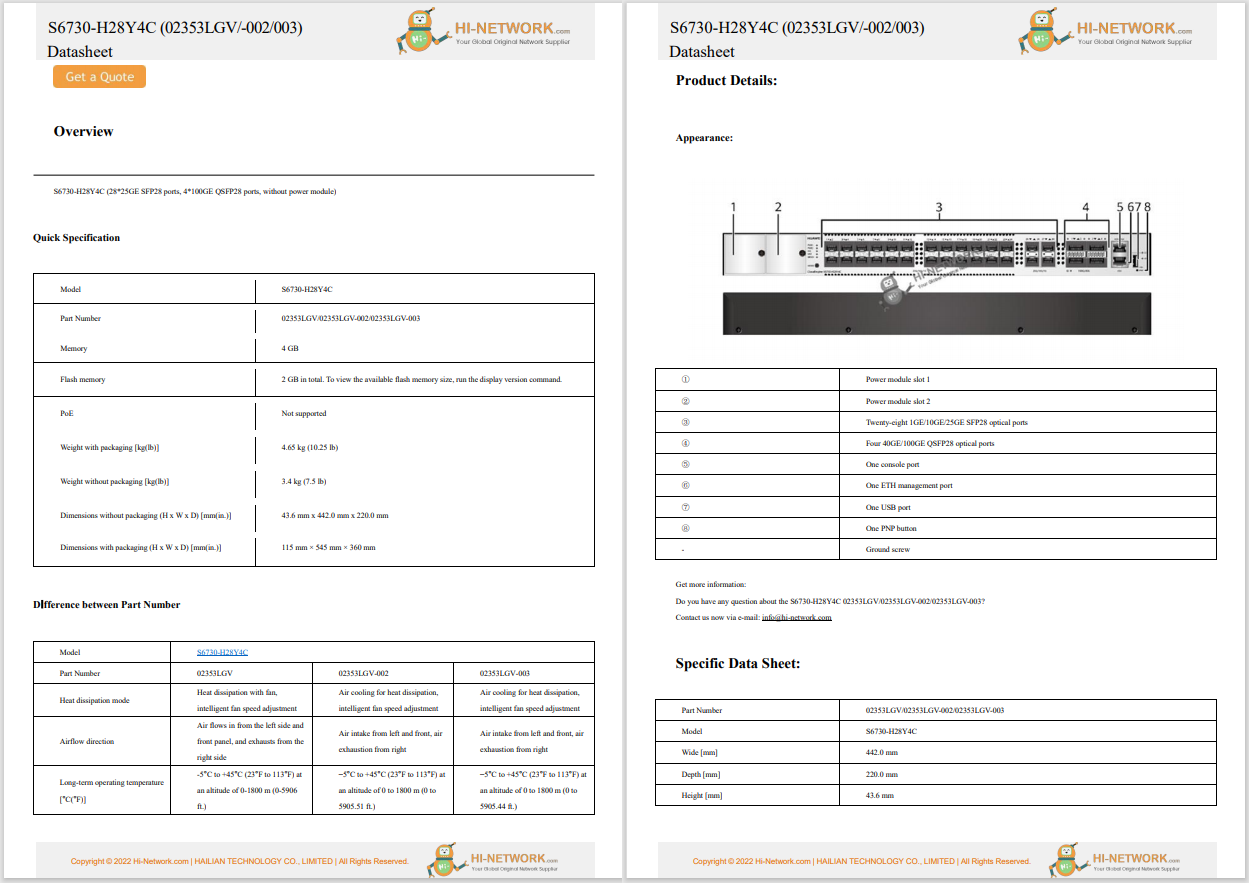






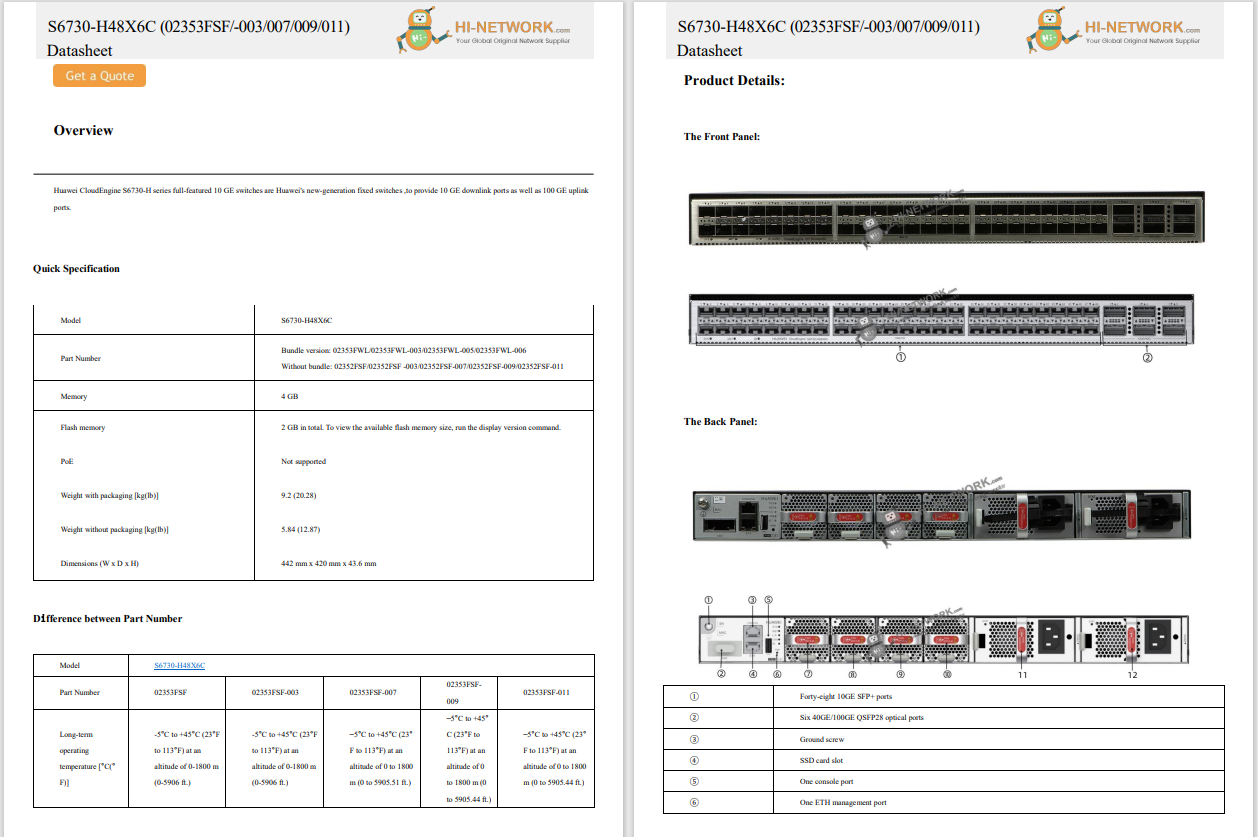
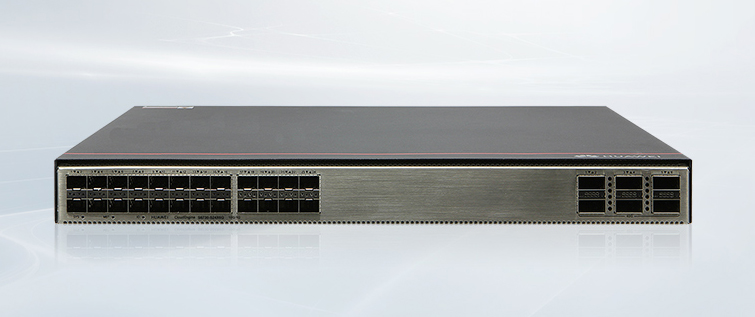

When your old phone or computer reaches the end of its life and heads off for recycling, most of its valuable materials-like steel, aluminium and copper-are recovered with ease. But hidden in its circuitry are tiny specks of rare metals such as gallium, indium and tantalum.
These are critical to modern technology but often lost in current recycling processes, ending up in landfills or repurposed in cement. That might be about to change.
Engineers at West Virginia University have developed a novel method using microwave technology to extract these rare materials more safely and efficiently.
Unlike conventional methods, which rely on toxic chemicals or are too costly to justify, this approach uses electromagnetic waves to target and heat carbon present in e-waste plastics. This creates a reaction with critical minerals, yielding nearly pure, sponge-like metals that can be easily filtered out.
Laboratory tests have already recovered around 80% of gallium, indium and tantalum from e-waste, with purities reaching up to 97%.
Backed by the United States Department of Defense, the researchers are preparing larger pilot projects using smartphones, LED lights and server boards-materials rich in these rare elements. If scaled successfully, the system could recover up to 50 pounds of critical minerals per ton of processed waste.
The urgency is clear. America recycles just 15% of its e-waste, and much of it is exported to countries with lax safety and environmental standards. Gallium alone can cost over$500 per kilogram-making it 50 times more expensive than copper.
The technology's success could help shift the economics of recycling, turning discarded electronics into a domestic supply of essential materials and reducing reliance on imports from countries like China.
Would you like to learn more about AI, tech and digital diplomacy? If so, ask our Diplo chatbot!
 Hot Tags :
Capacity development
Development
Emerging technologies
Digital aspects and the environment publish
Hot Tags :
Capacity development
Development
Emerging technologies
Digital aspects and the environment publish